Understanding the Vicious Cycle of Anxiety & OCD
People find that anxiety and OCD is a self-perpetuating cycle that keeps sufferers stuck in distress.
Understanding this cycle is crucial for effective therapy and management.
This cycle begins with intrusive thoughts, images, or urges that cause significant discomfort and anxiety. To alleviate this distress, individuals engage in specific behaviors or avoidance strategies, known as compulsions (Examples: checking, washing, repeating & fighting thoughts), which provide temporary relief.
However, our brains assumes that anything you run away from or avoid, must be dangerous (why else would you avoid it…). With this in mind, compulsions, which attempt to help us escape our thoughts may make us feel better in the short term, but ultimately reinforce the belief that the intrusive thoughts are dangerous and must be neutralized, leading to their more frequent and intense recurrence.
Consequently, individuals become increasingly dependent on compulsions for relief, making it harder to break the cycle. Each time a compulsion is performed, the brain receives short-term reassurance and feels better, but over time, it becomes more reliant on these compulsions, making it even more challenging to escape.
A technique called Exposure and Response Prevention (ERP) can help disrupt this cycle by encouraging individuals to confront their discomfort without resorting to compulsions, gradually weakening the association between intrusive thoughts and the need for immediate relief.
Written by Eliyahu Serkez
The Anxiety & OCD Therapy Practice

Share
Tweet
Share
Mail
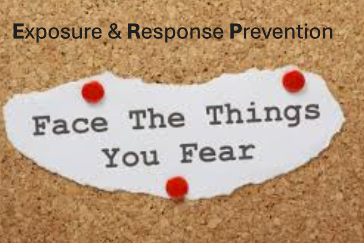
By Eliyahu Serkez
•
April 3, 2025
What is OCD? Obsessive-compulsive disorder (OCD) is a mental health condition that affects millions of people worldwide. It involves two key components: 1. Obsessions – Intrusive, repetitive and unwanted thoughts, images, or urges that cause significant distress. 2. Compulsions – Repetitive behaviors or mental acts performed to reduce the distress caused by obsessions or to prevent a feared event. For example, someone with OCD may fear that they will get sick from germs (obsession) and compulsively wash their hands for hours each day (compulsion) to relieve their anxiety. While compulsions may provide short-term relief, they ultimately make OCD worse, strengthening the cycle over time. How the Vicious Cycle of OCD Begins and Continues The Natural Response to Pain To understand why OCD is so persistent, it helps to compare it to physical pain. Imagine touching a hot stove—your instinctive reaction is to pull your hand away. This response is automatic and protective, helping you avoid harm. Similarly, when people with OCD experience distressing thoughts, they instinctively try to "pull away" from them by performing compulsions. However, unlike touching a hot stove, where avoiding the heat prevents injury, avoiding distressing thoughts through compulsions only strengthens the cycle. The thoughts always come back… The Brain’s Role in Reinforcing OCD OCD tricks the brain into thinking that avoidance is necessary for safety. Two key mechanisms drive this process: 1. Avoidance reinforces the perception of danger – When we repeatedly avoid something, our brain starts to categorize it as dangerous. We don’t avoid things unless they pose a real threat, right? The brain applies the same logic to OCD thoughts, reinforcing the false belief that they are dangerous and must be avoided. 2. Increased sensitivity to triggers – Once the brain labels something as dangerous, it becomes hyper-aware of it. The more an individual avoids or reacts to an obsession, the stronger and more distressing it becomes over time.
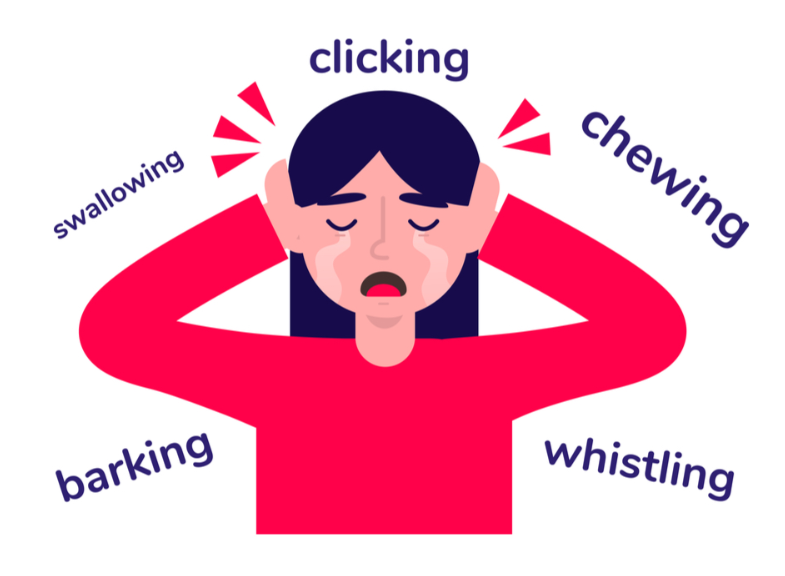
By Eliyahu Serkez
•
March 7, 2025
Imagine sitting down for dinner, and the sound of someone chewing makes your skin crawl. Your heart races, your fists clench, and you feel an overwhelming urge to escape or lash out. This isn’t just a mild annoyance—it’s a condition known as misophonia. What is Misophonia? Misophonia is an intense emotional reaction to specific sounds, often repetitive noises made by other people. Common triggers include: • Chewing, slurping, sipping • Pen clicking, foot tapping, keyboard typing • Sniffing, breathing, or throat clearing For people with misophonia, these sounds don’t just cause irritation—they can trigger frustration, rage, anxiety, or panic, making social interactions and everyday life incredibly difficult. Why Does Misophonia Happen? Misophonia isn’t just about sound sensitivity; it involves psychological, emotional, and behavioral factors. Researchers propose that misophonia develops due to a combination of personality traits, learned responses, and psychological conditioning: 1. Personality Traits: ○ Many individuals with misophonia tend to have perfectionistic or rigid personalities. ○ They have a strong need for order and control, making unexpected or repetitive sounds feel unbearable. 2. Learned Associations (Classical Conditioning): ○ A person might initially feel frustrated with a family member for an unrelated reason. ○ If that person makes a specific sound (e.g., chewing loudly), the brain associates the sound with frustration. ○ Over time, the sound alone triggers an automatic emotional response. 3. Avoidance and Reinforcement (Operant Conditioning): ○ To escape the discomfort, people with misophonia may avoid meals, wear headphones, or isolate themselves. ○ While avoidance provides temporary relief, it actually reinforces the brain’s sensitivity to trigger sounds, making the problem worse. 4. Hypervigilance: ○ Misophonia sufferers often become hyper-aware of trigger sounds, constantly anticipating and dreading them. ○ This heightened state of alertness leads to even more distress. A New Approach to Treating Misophonia: EASE EASE (Experiential Acceptance and Stimulus Engagement), is a therapy that addresses these factors and helps sufferers change their relationship with trigger sounds rather than trying to eliminate them. The treatment has three main steps: 1. Ending Toxic Hope • Many misophonia sufferers hold on to the hope that other people will stop making the sounds. • This “toxic hope” fuels frustration and makes them feel trapped. • Therapy helps individuals accept that trigger sounds are a part of life and that focusing on changing others is unhelpful. • Letting go of the idea that others "should" stop making trigger sounds is crucial for acceptance. • A technique called “victorious surrender” is used, where individuals imagine themselves as powerless against the sound, which paradoxically reduces emotional resistance. 2. Reducing Avoidance • Avoiding trigger sounds only makes sensitivity worse. • Treatment encourages people to gradually expose themselves to triggers in a controlled way. • Identifying and eliminating different forms of avoidance, such as physical (leaving the room), cognitive (trying to ignore it), and social (asking others to stop), is essential. 3. Stimulus Engagement • Instead of fearing and avoiding sounds, individuals are guided to engage with them mindfully. Why EASE Works • Breaks the avoidance cycle: Avoidance reinforces sensitivity to sounds, so gradual exposure helps rewire emotional responses. • Reduces emotional resistance: By eliminating toxic hope and control strategies, sufferers can let go of the fight against sounds. • Encourages acceptance: Acceptance of discomfort, rather than resistance, leads to long-term improvement in tolerance. • Addresses underlying personality traits: The focus on reducing perfectionism and rigidity allows for greater flexibility in responding to triggers. Final Thoughts: Can Misophonia Be Managed? While misophonia can feel isolating and overwhelming, research suggests that it can be managed with psychological interventions. The key is not to fight or avoid trigger sounds but to change the way the brain responds to them. By focusing on acceptance, reducing avoidance, and mindful engagement, people with misophonia can reclaim their quality of life. You’re not alone, and help is available.
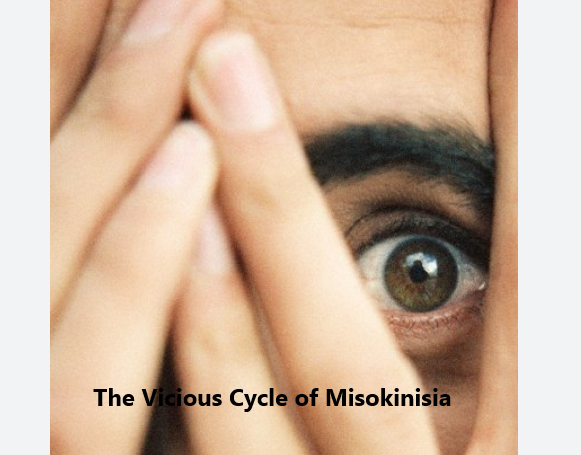
By Eliyahu Serkez
•
February 21, 2025
"Learn why Misokinesia—an intense aversion to certain movements—often worsens over time and how avoidance fuels the cycle. Learn about the brain’s role in reinforcing triggers and explore EASE therapy, a powerful treatment approach to breaking free from Misokinesia’s grip.
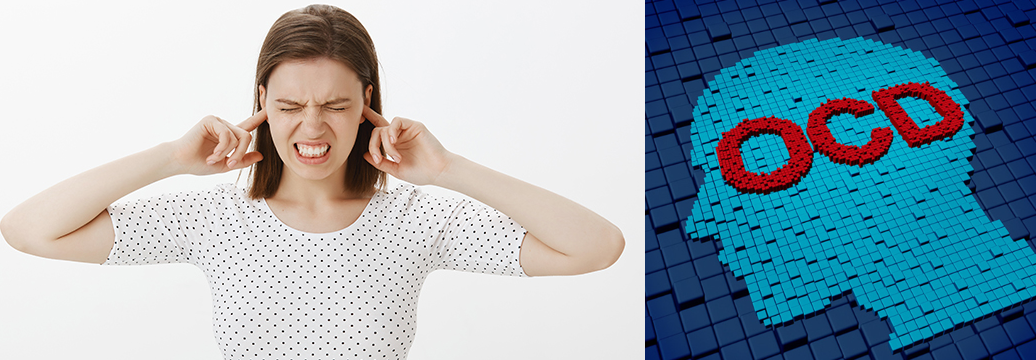
By Eliyahu Serkez
•
February 20, 2025
Is misophonia a type of OCD, and can ERP (Exposure and Response Prevention) help? While misophonia and OCD share similarities—such as distressing triggers and compulsive responses—their core emotional drivers differ. OCD is rooted in fear of future consequences, while misophonia stems from frustration with present discomfort. Understanding these distinctions is key to effective treatment. Learn why ERP may not be the best approach for misophonia and explore alternative therapies like EASE (Experiential Acceptance and Stimulus Engagement) for lasting relief.
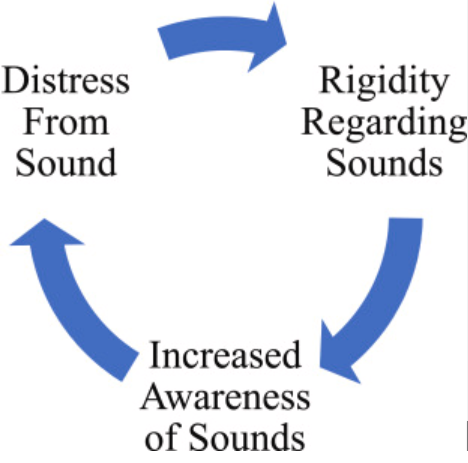
By Eliyahu Serkez
•
February 18, 2025
Misophonia creates a vicious cycle of avoidance and heightened sensitivity to sound. Learn why traditional coping methods fail and why misophonia seems to get worse with time. Discover how EASE therapy can break this cycle, offering lasting relief. Understand how misophonia affects the brain and find hope in overcoming sound triggers for a more peaceful life.
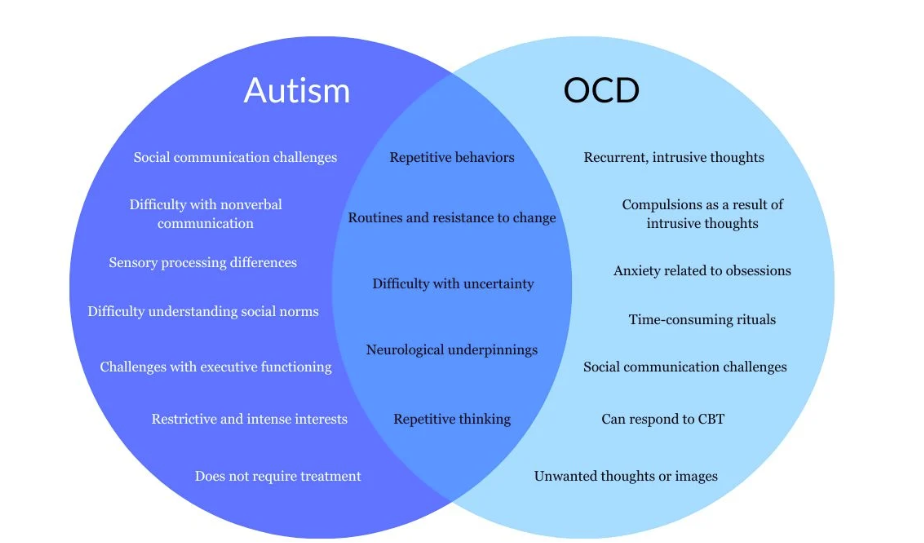
By Eliyahu Serkez
•
February 16, 2025
Understanding the Unique Challenges of Treating Comorbid OCD and ASD (Autism Spectrum Disorder) with ERP. Understanding the differences between OCD and autism.
Explore the unique challenges of treating comorbid OCD and ASD with Exposure and Response prevention. Learn how rigid thinking in ASD affects treatment and how adapting ERP can improve flexibility and reduce distress.
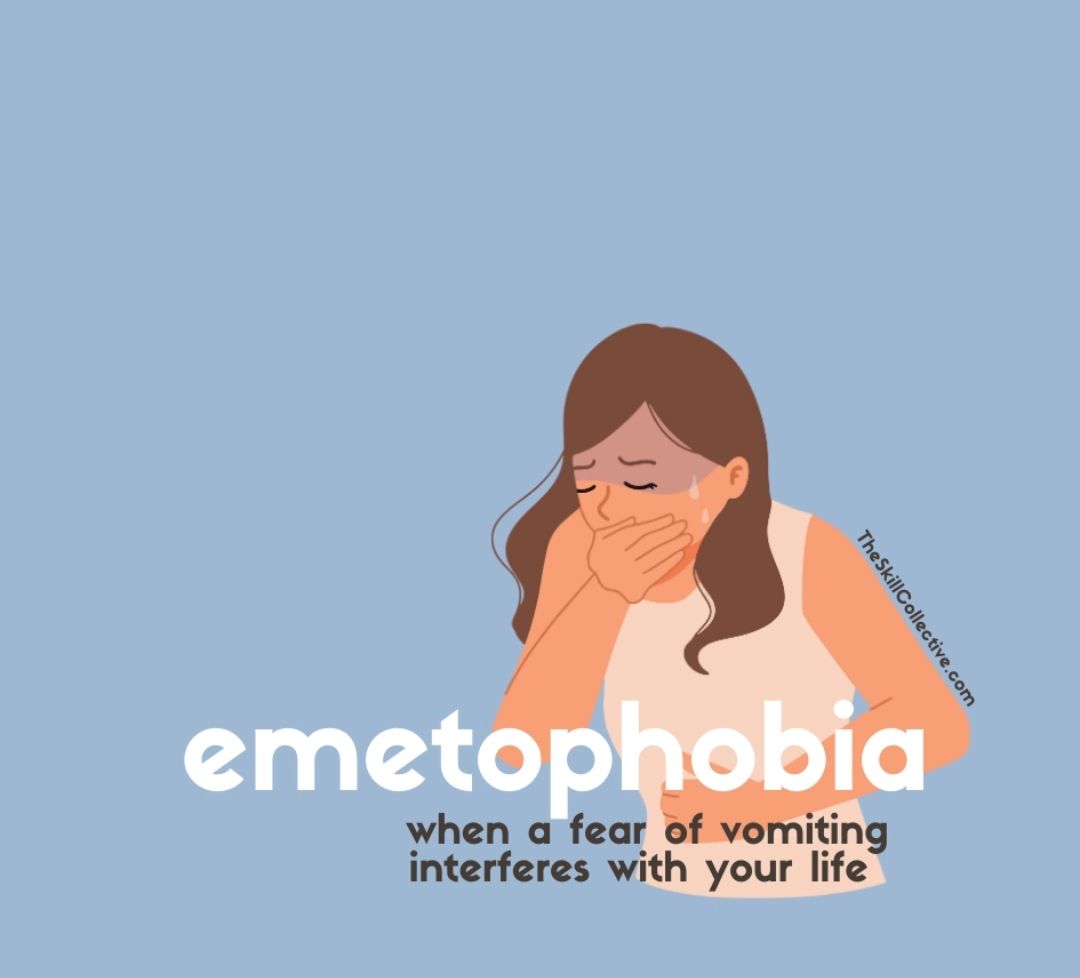
By Eliyahu Serkez
•
January 26, 2025
Learn about the link between emetophobia and OCD, including common symptoms and how Exposure and Response Prevention (ERP) therapy can be used to treat both. This structured approach helps individuals confront their fear of vomiting gradually, reducing anxiety and improving quality of life. Learn how therapy treatment for emetophobia works.
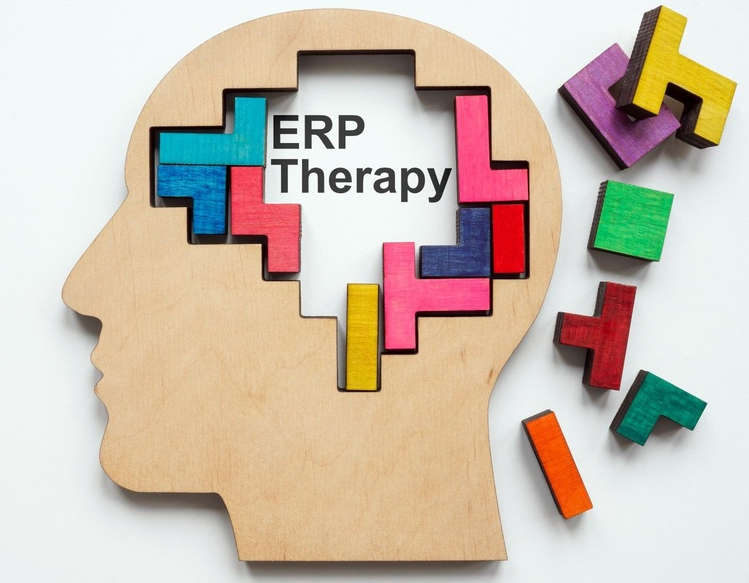
By Eliyahu Serkez
•
January 17, 2025
Discover how Exposure and Response Prevention (ERP) therapy can help you overcome OCD. Learn what ERP is, how it works, and why it's the gold standard treatment for reducing obsessive thoughts and compulsive behaviors. Find out if ERP will work for you and how motivation plays a key role in success. Start your journey to a life free from OCD with proven techniques that gradually reduce anxiety without compulsions.
Interested to learn more? We’re here to help!
The Anxiety & OCD
Therapy Practice
We specialize in treating all forms of Anxiety, OCD & Misophonia
Find us on:
Psychology Today: https://www.psychologytoday.com/profile/1156406
Locations
New Hempstead, NY
Ramsey, NJ
Howell, NJ
Telehealth-Virtual
